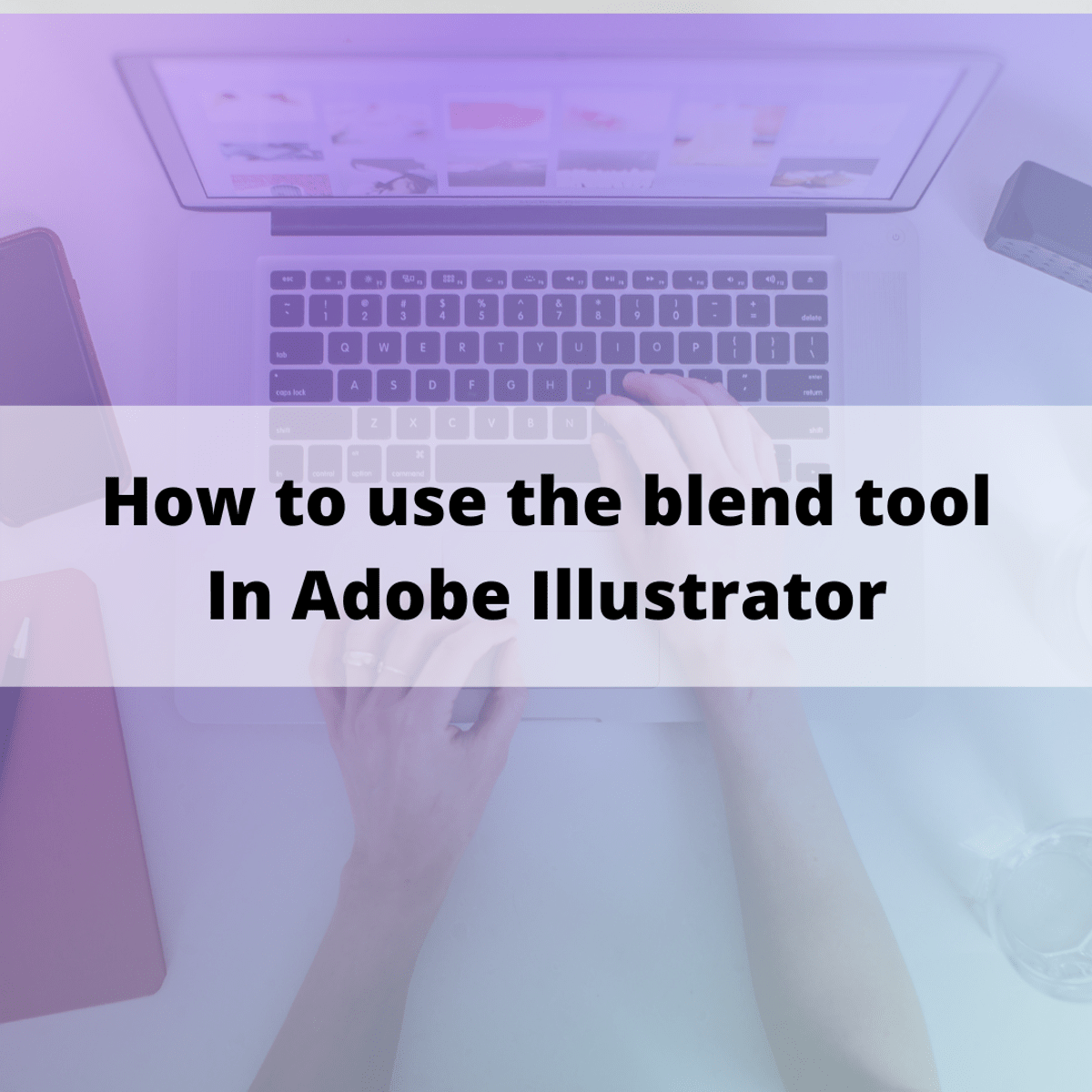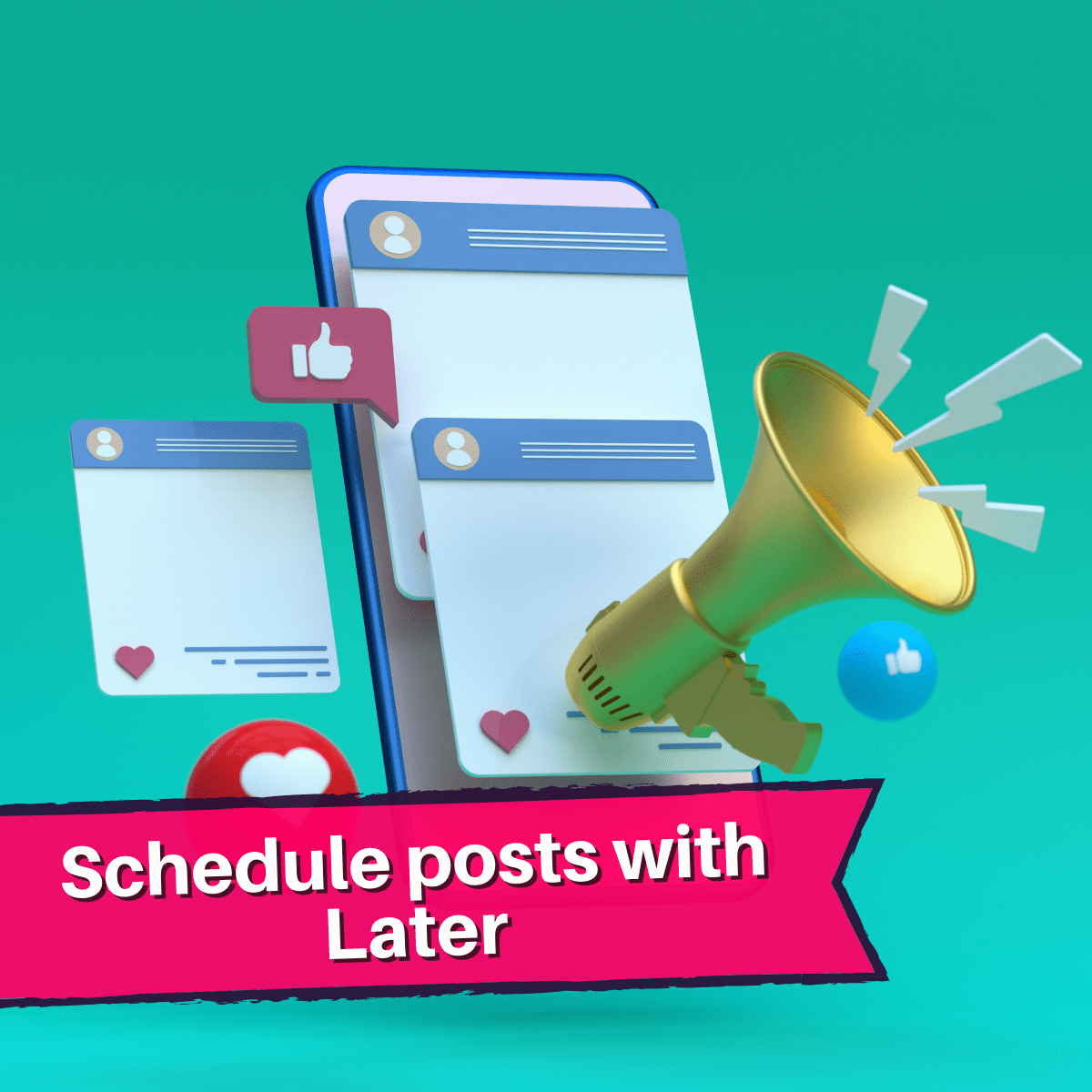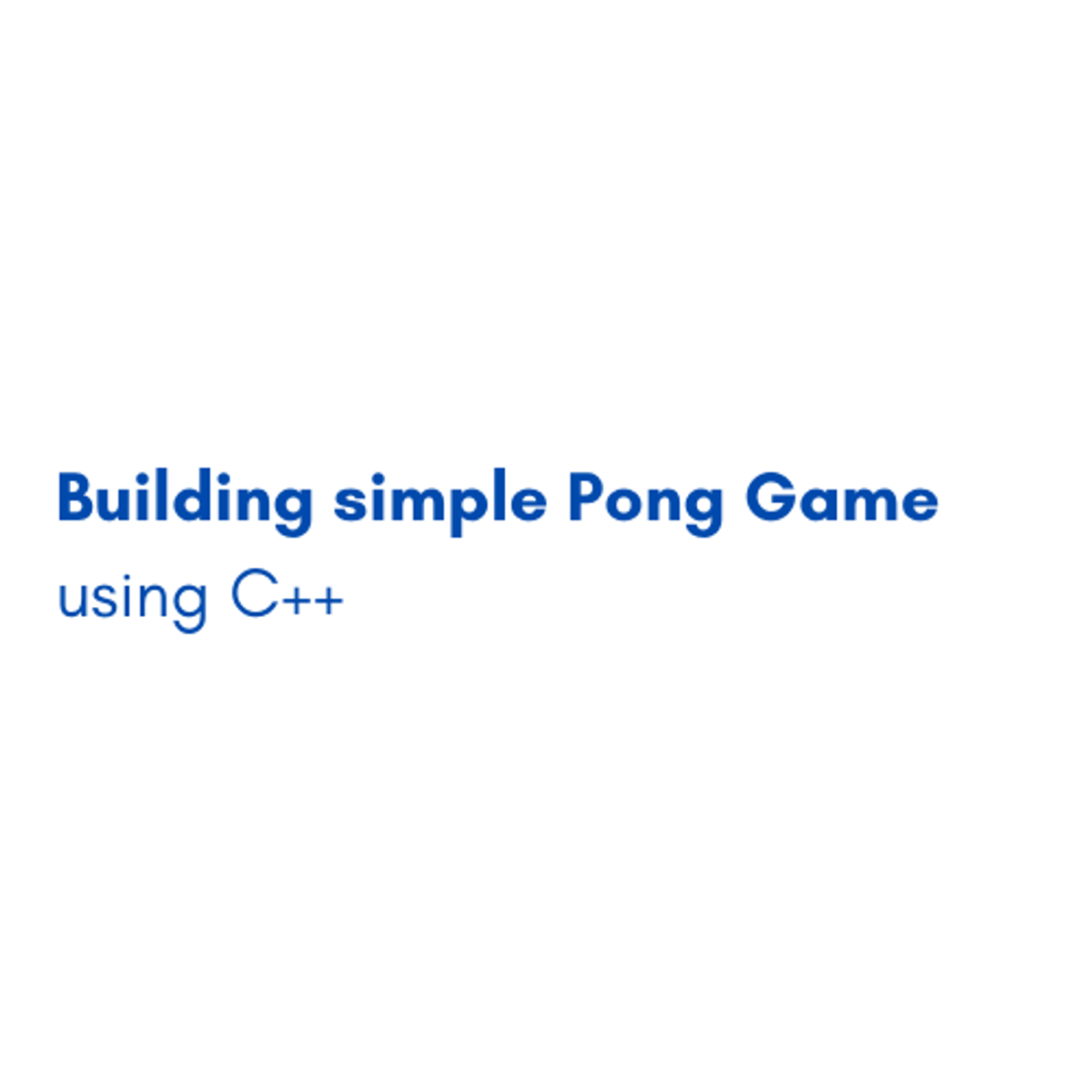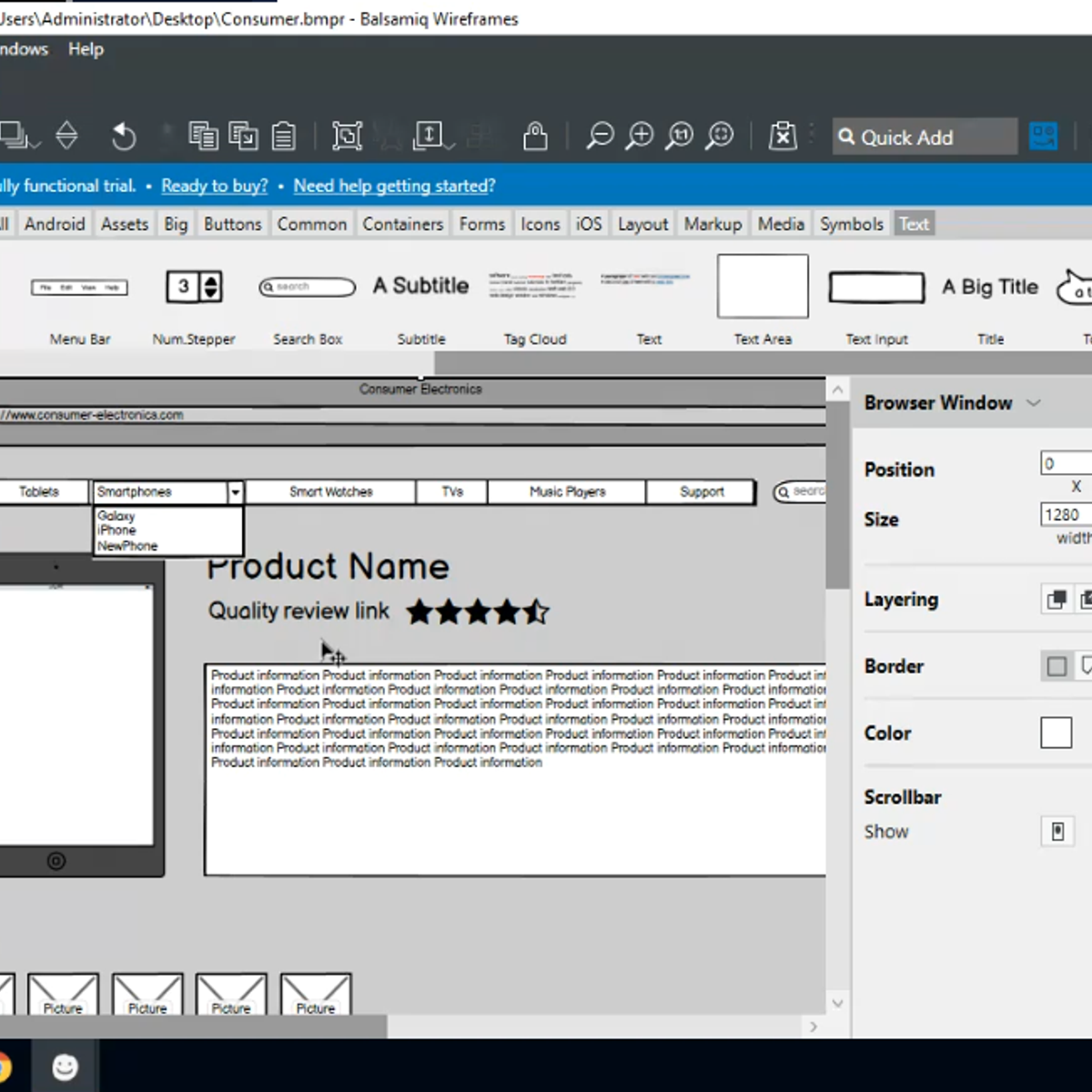Back to Courses









Design And Product Courses - Page 49
Showing results 481-490 of 512

Coding for Designers, Managers, & Entrepreneurs I
Do you want to experience what it is to go from idea to code? If so, this is the place for you! This is the first course in the Coding for Designers, Managers, and Entrepreneurs Specialization, which is specifically designed for you, if you’re a hands-on collaborator with developers. In this course, we’re going to focus on going from design to code with HTML & CSS, two core building blocks for pretty much everything on the web. You'll build creative confidence and competence that will make you an even better collaborator on digital projects. This course was developed at the Darden School of Business at the University of Virginia and is taught by top-ranked faculty.

Improve plans and strategies with graphics on Creately
This project allows you to create strategic plan diagrams with Creately. You will discover Creately, an online diagram design software. You will understand the various features of the platform and be able to create personalized and professional diagrams that will help you improve your business plans and strategies. You will learn how to use Creately to create strategic diagrams for your business. This project is aimed at small and medium enterprises.

How to use the blend tool in Adobe Illustrator
In this project you will learn how to use the blend tool in Adobe Illustrator.
This tool allows you to blend colors together, and even make 3D looking designs using some simple steps. This tool elevates your value as a graphic designer and being able to use it and understand how it's used it's awesome. Many tools are ignored in Adobe Illustrator and what makes you shine and be the graphic designer your client needs it's to be able to use any tool to make your job even better.
In this guided project you'll learn how to use the blend tool and you'll apply designs in every scenario. The blend tool lets you blend colors and shapes to create very intriguing and unique designs. I hope you are excited to learn more about Adobe Illustrator and let's go ahead and start.

Draw an Isometric House with Inkscape
By the end of this project, you’ll be able to create an isometric vector graphic of a house. You’ll build an image with Inkscape, a free vector graphics program, which allows you to build graphics with clear lines and vivid colors. Since the images are vector-based, you’ll also have the flexibility to edit and resize them again and again—all while keeping the best image quality.
During this project, you’ll learn how to create an axonometric grid, then use that grid to draw the walls, roof, and windows of the house. Once you’ve drawn the basic shapes, you’ll add details and accessories (like a front door). Next, you’ll use color and shading to add depth and dimension to the graphic. Last, you’ll learn how to export your work in vector and raster formats.
By the end of the project, you’ll be comfortable planning and creating isometric designs with Inkscape.
Note: This course works best for learners who are based in the North America region. We’re currently working on providing the same experience in other regions.

Create and schedule content for social media with Later
With this project, you will be able to discover Later, a platform that will allow you to program content for your social networks. You will be able to add quite attractive content to your social media accounts, and you will be able to schedule it to be published at a later date, easily and quickly.
This project is for people who want to add digital content for social media and schedule it. This project is ideal for people who are passionate about social networks.

Building simple Pong Game using C++
By the end of this project, you will create a simple functioning pong game using C++. In this project, you will be able to define class ball and paddle. Also, you will be able to draw the game map. Moreover, you will be able to create a game manager class which has the implementation function to move the paddle using the keyboard and another function to do the logic of the game and the direction of the ball when hitting either the ball or the paddle.
In this project we’ll use codeblocks IDE which is an open source IDE and it’s very simple to write our code in , which will help us implement all the needed functions and classes that is necessary to build our game
Note: This course works best for learners who are based in the North America region. We’re currently working on providing the same experience in other regions.
Designing, Running, and Analyzing Experiments
You may never be sure whether you have an effective user experience until you have tested it with users. In this course, you’ll learn how to design user-centered experiments, how to run such experiments, and how to analyze data from these experiments in order to evaluate and validate user experiences. You will work through real-world examples of experiments from the fields of UX, IxD, and HCI, understanding issues in experiment design and analysis. You will analyze multiple data sets using recipes given to you in the R statistical programming language -- no prior programming experience is assumed or required, but you will be required to read, understand, and modify code snippets provided to you. By the end of the course, you will be able to knowledgeably design, run, and analyze your own experiments that give statistical weight to your designs.

Human Factors in AI
This third and final course of the AI Product Management Specialization by Duke University's Pratt School of Engineering focuses on the critical human factors in developing AI-based products. The course begins with an introduction to human-centered design and the unique elements of user experience design for AI products. Participants will then learn about the role of data privacy in AI systems, the challenges of designing ethical AI, and approaches to identify sources of bias and mitigate fairness issues. The course concludes with a comparison of human intelligence and artificial intelligence, and a discussion of the ways that AI can be used to both automate as well as assist human decision-making.
At the conclusion of this course, you should be able to:
1) Identify and mitigate privacy and ethical risks in AI projects
2) Apply human-centered design practices to design successful AI product experiences
3) Build AI systems that augment human intelligence and inspire model trust in users

Generative Design for Additive Manufacturing
This course introduces you to one of the more common applications of generative design: Additive Manufacturing or 3D printing as it’s also known. In this course, we explore the basics of geometry creation and the mindset shift needed to build a generative design—a deeper understanding of generative design, its parameters, and how to work with the results specifically aimed at making a 3D printed metal part. We develop insightful understanding of the generative workflow by exploring Autodesk® Fusion 360™ tools and combining them with the creative process of taking an idea to a 3D model. We'll learn how to focus on where a design is and isn’t and apply the generative design thinking process to define a study as we take a deeper dive into Fusion 360.
You’ll need a paid subscription to Fusion 360 to complete the assignments in this course. Be sure to review your access or payment options before enrolling: https://www.autodesk.com/products/fusion-360
Want to take your learning to the next level? Complete the Autodesk Generative Design for Manufacturing Specialization, and you’ll unlock an additional Autodesk Credential as further recognition of your success! The Autodesk Credential comes with a digital badge and certificate, which you can add to your resume and share on social media platforms like LinkedIn, Facebook, and Twitter. Sharing your Autodesk Credential can signal to hiring managers that you’ve got the right skills for the job and you’re up on the latest industry trends like generative design.
Enroll in the Specialization here: https://www.coursera.org/specializations/autodesk-generative-design-manufacturing
Looking for Autodesk Fusion 360 certification prep courses? Check out additional learning resources to help you uplevel your skills: https://www.autodesk.com/learning

Create website wireframes with Balsamiq
In this 2-hour long project-based course, you will learn how to create a website wireframes with Balsamiq, create the schematic for interface design, apply principles of hierarchy, proximity, contrast and progressive disclosure for interaction design, creating an e-commerce home page, product details and create account page wireframes.
Note: This course works best for learners who are based in the North America region. We’re currently working on providing the same experience in other regions.
Popular Internships and Jobs by Categories
Browse
© 2024 BoostGrad | All rights reserved


